Home>Gardening & Outdoor>Landscaping Ideas>How To Kill Weeds In St. Augustine Grass
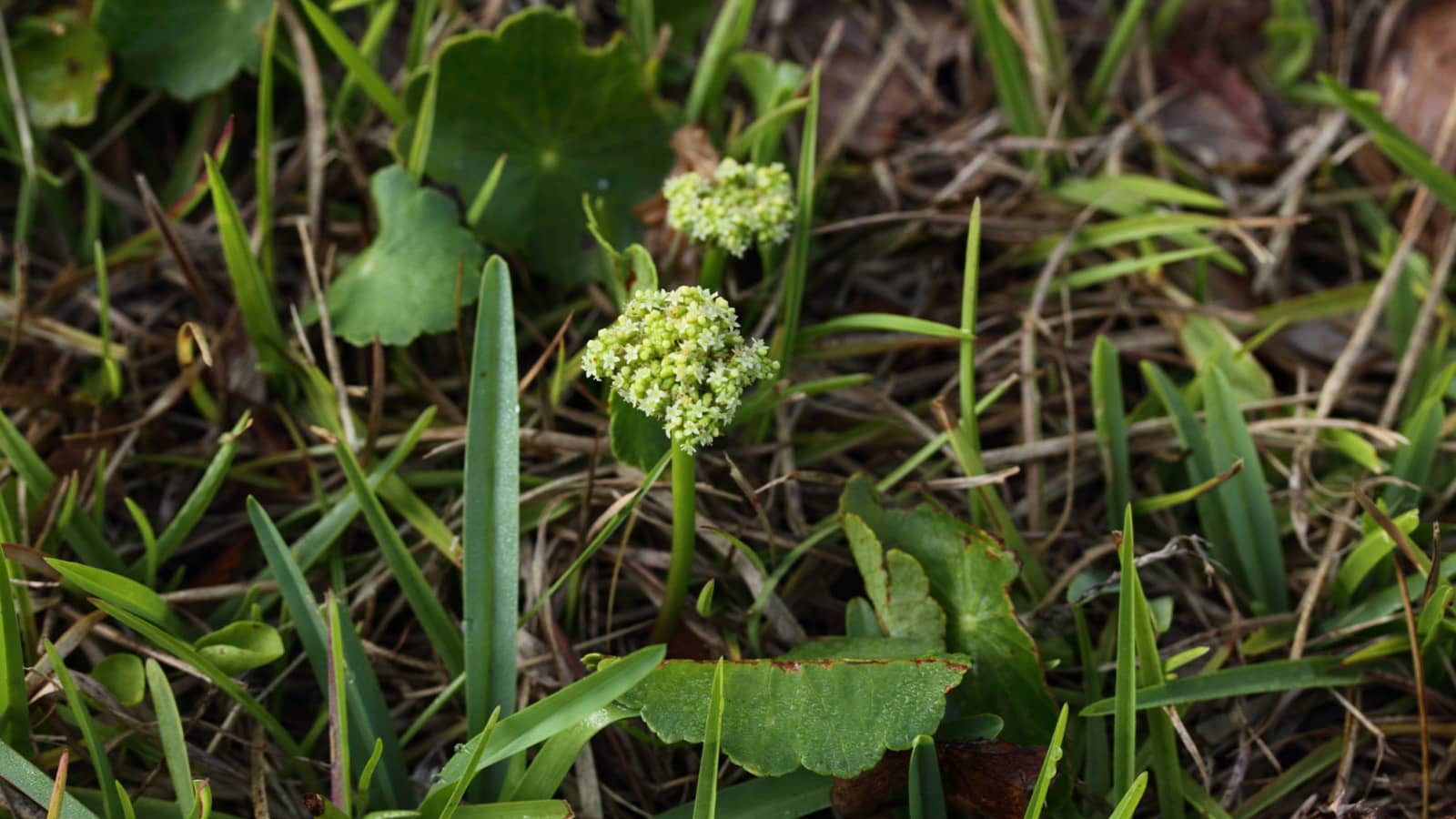

Landscaping Ideas
How To Kill Weeds In St. Augustine Grass
Modified: April 1, 2024
Learn effective landscaping ideas for killing weeds in St. Augustine grass. Discover expert tips and methods for maintaining a weed-free lawn.
(Many of the links in this article redirect to a specific reviewed product. Your purchase of these products through affiliate links helps to generate commission for Storables.com, at no extra cost. Learn more)
Introduction
Maintaining a lush, vibrant lawn is a source of pride for many homeowners, and St. Augustine grass is a popular choice due to its lush, dense growth and tolerance to heat and humidity. However, even the most well-tended St. Augustine lawns can fall victim to the persistent presence of weeds. These unwelcome intruders not only detract from the aesthetic appeal of the lawn but also compete with the grass for essential nutrients, water, and sunlight, ultimately compromising its health.
In this comprehensive guide, we will delve into the world of St. Augustine grass and explore effective strategies for combating common weeds that threaten its vitality. Whether you are a seasoned lawn care enthusiast or a newcomer to the realm of turf management, this article will equip you with the knowledge and techniques necessary to maintain a weed-free St. Augustine lawn that flourishes in all its emerald splendor. Let's embark on this journey to reclaim the beauty of your lawn and restore it to its full glory.
Key Takeaways:
- Keep your St. Augustine grass healthy by watering deeply, overseeding sparse areas, and inspecting for weeds regularly to prevent weed infestations and maintain a lush, vibrant lawn.
- Combat weeds in St. Augustine grass using natural remedies like organic mulching, vinegar-based weed killers, and manual weed removal tools to promote sustainability and preserve the lawn’s ecological balance.
Understanding St. Augustine Grass
St. Augustine grass (Stenotaphrum secundatum) is a warm-season turfgrass renowned for its lush, dense carpet-like growth and ability to thrive in tropical and subtropical regions. This grass variety is characterized by its broad, flat blades and rich green hue, making it a popular choice for lawns in the southern United States, coastal areas, and beyond.
One of the key attractions of St. Augustine grass is its remarkable tolerance to heat and humidity, making it well-suited for regions with scorching summers. It also exhibits good salt tolerance, making it an ideal option for coastal areas where salt spray may be a concern. Moreover, St. Augustine grass is known for its rapid growth and ability to form a thick, luxurious turf that can withstand moderate foot traffic, making it an excellent choice for residential lawns, parks, and recreational areas.
When properly cared for, St. Augustine grass can create a visually appealing and inviting landscape, providing a soft, comfortable surface for various outdoor activities. However, despite its many virtues, this grass is not impervious to the encroachment of weeds, which can detract from its beauty and vitality if left unchecked.
Understanding the growth habits, optimal conditions, and unique characteristics of St. Augustine grass is crucial to implementing effective weed control strategies. By familiarizing yourself with the specific needs and attributes of this grass variety, you can tailor your lawn care practices to promote its health and resilience while minimizing the presence of invasive weeds.
Identifying Common Weeds in St. Augustine Grass
Before embarking on the journey to combat weeds in St. Augustine grass, it is essential to be able to recognize the common intruders that may threaten the health and aesthetic appeal of your lawn. Familiarizing yourself with these unwelcome guests will enable you to take targeted action to eradicate them effectively.
One of the most prevalent weeds that can infiltrate St. Augustine grass is the notorious crabgrass (Digitaria spp.). This annual weed is characterized by its low-growing, spreading habit and its tendency to form dense patches that can quickly overtake the surrounding turf. Crabgrass is particularly adept at invading lawns with sparse or thin grass coverage, making it a persistent foe for St. Augustine grass enthusiasts.
Dandelions (Taraxacum officinale) are another common nuisance in St. Augustine lawns. These broadleaf perennial weeds are easily recognizable by their distinctive yellow flowers and deeply lobed leaves. Dandelions can quickly multiply and establish a presence in lawns, competing with the grass for essential resources and marring the uniformity of the turf.
Closely related to dandelions, clover (Trifolium spp.) is another frequent interloper in St. Augustine grass. This broadleaf perennial weed is identifiable by its trifoliate leaves and small, white, globe-shaped flowers. While some may appreciate its ornamental value, clover can rapidly encroach upon the lawn, creating an uneven and unkempt appearance.
Additionally, invasive grassy weeds such as dallisgrass (Paspalum dilatatum) and annual bluegrass (Poa annua) pose significant threats to the integrity of St. Augustine lawns. Dallisgrass, a perennial grass weed with coarse, light green blades, can form dense clumps and outcompete the desirable turfgrass, while annual bluegrass, with its characteristic boat-shaped leaf tips, can quickly spread and disrupt the uniformity of the lawn.
Recognizing these and other common weeds that frequently infiltrate St. Augustine grass is the first step toward effective weed management. Armed with this knowledge, you can implement targeted control measures to reclaim the pristine beauty of your lawn and nurture a thriving expanse of vibrant St. Augustine grass.
Prevention Methods for Weed Control
Prevention is often the most effective strategy for managing weeds in St. Augustine grass, as it minimizes the need for extensive remedial measures and preserves the health and aesthetics of the lawn. By implementing proactive practices, homeowners can create an environment that is inhospitable to weeds, thereby reducing the likelihood of infestations and minimizing the need for intensive weed control interventions. Here are several preventive measures to fortify your St. Augustine lawn against weed encroachment:
- Maintain Optimal Lawn Health: A robust, vigorously growing lawn is better equipped to resist weed infestations. Implement proper watering, fertilization, and mowing practices to promote the dense growth and vitality of St. Augustine grass, creating a competitive environment that inhibits weed establishment.
- Overseed Sparse Areas: Address bare or thin patches in the lawn by overseeding with St. Augustine grass to fill in gaps and reduce opportunities for weed colonization. This can enhance the density of the turf and limit the space available for weeds to take root.
- Implement Proper Irrigation: Water the lawn deeply and infrequently to encourage deep root growth in St. Augustine grass, enhancing its resilience and reducing the likelihood of weed encroachment. Avoid frequent, shallow watering, which can promote weed germination and weaken the grass.
- Regularly Inspect and Address Weedy Areas: Routinely inspect the lawn for signs of weed growth, and promptly address any emerging weeds before they have a chance to proliferate. Vigilance is key to preventing small weed problems from evolving into extensive infestations.
- Minimize Soil Compaction: Aerating compacted soil can improve water and nutrient penetration, fostering healthier turf and reducing the susceptibility of St. Augustine grass to weed competition.
- Utilize Mulch and Landscape Fabric: In flower beds and garden borders adjacent to the lawn, apply mulch or landscape fabric to inhibit weed growth and prevent the encroachment of invasive species into the turf.
By adopting these preventive measures, homeowners can create an environment that promotes the robust growth of St. Augustine grass while thwarting the establishment of weeds. Proactive weed management not only preserves the beauty of the lawn but also minimizes the need for intensive weed control efforts, allowing homeowners to enjoy a lush, vibrant expanse of St. Augustine grass without the encumbrance of persistent weed infestations.
To kill weeds in St. Augustine grass, use a selective herbicide labeled safe for St. Augustine. Apply in early spring or fall for best results, and follow the instructions carefully.
Manual Weed Removal
Manual weed removal is a fundamental and effective method for eradicating weeds from St. Augustine grass without resorting to chemical interventions. This hands-on approach allows homeowners to directly target and eliminate weeds while minimizing the potential impact on the surrounding turfgrass. By employing proper techniques and tools, manual weed removal can be a highly successful strategy for reclaiming the pristine beauty of your lawn. Here are several methods for manual weed removal in St. Augustine grass:
- Hand Pulling: For isolated weeds or small infestations, hand pulling is a straightforward and environmentally friendly method. Grasp the weed at its base and gently but firmly pull upward, ensuring that the entire root system is extracted to prevent regrowth.
- Weeding Tool Utilization: Handheld weeding tools, such as dandelion diggers and fishtail weeders, can be invaluable for targeting deep-rooted weeds or those with taproots. These specialized tools enable precise weed removal while minimizing disruption to the surrounding grass.
- Regular Mowing and Trimming: Maintaining the lawn at an appropriate height can help suppress weed growth and prevent the development of seed heads. Regular mowing also aids in weakening and controlling certain weed species, contributing to overall weed management efforts.
- Spot Treatment with Vinegar: A targeted application of household vinegar to the foliage of weeds can desiccate and kill them. Exercise caution to avoid contact with desirable plants, as vinegar can have non-selective effects on vegetation.
- Manual Edging: Creating clean, defined edges along sidewalks, driveways, and garden beds through manual edging can help prevent the encroachment of weeds from adjacent areas into the St. Augustine lawn, maintaining a well-groomed and weed-free perimeter.
By incorporating these manual weed removal techniques into your lawn care routine, you can effectively combat weeds in St. Augustine grass while minimizing the reliance on chemical herbicides. This hands-on approach not only allows for targeted weed eradication but also promotes a deeper connection with your lawn, fostering a sense of stewardship and pride in its maintenance. Embracing manual weed removal as a proactive and sustainable strategy can contribute to the preservation and enhancement of your St. Augustine grass, ensuring a healthy and visually appealing landscape for years to come.
Read more: How To Kill St. Augustine Grass
Chemical Weed Control Options
While manual weed removal and preventive measures are valuable components of a comprehensive weed management strategy, chemical weed control options can provide targeted and efficient solutions for persistent weed infestations in St. Augustine grass. When employed judiciously and in accordance with label instructions, selective herbicides can effectively combat weeds while minimizing the impact on the desirable turfgrass. Understanding the available chemical control options and their appropriate application is essential for achieving successful weed management. Here are several chemical weed control options for St. Augustine grass:
- Pre-emergent Herbicides: These herbicides are applied before weed seeds germinate, creating a barrier that inhibits their growth. Selective pre-emergent herbicides formulated for use on St. Augustine grass can prevent the establishment of common weeds such as crabgrass and annual bluegrass, contributing to long-term weed control.
- Post-emergent Herbicides: For existing weed infestations, selective post-emergent herbicides can target specific weed species while minimizing harm to St. Augustine grass. Broadleaf weed killers can effectively combat dandelions, clover, and other undesirable broadleaf weeds, restoring the uniformity of the lawn.
- Spot Treatment: Targeted spot treatment with herbicides allows for precise application to individual weeds or localized infestations, minimizing the impact on the surrounding turfgrass. This approach is particularly useful for addressing isolated weed occurrences while preserving the overall health of the lawn.
- Professional Application: Engaging the services of a licensed lawn care professional can provide access to specialized herbicide formulations and precise application techniques tailored to the specific weed challenges in St. Augustine grass. Professional expertise can ensure effective weed control while safeguarding the health and vitality of the lawn.
- Integrated Weed Management: Combining chemical weed control with manual removal, cultural practices, and preventive measures forms a holistic approach to weed management. Integrated weed management strategies aim to minimize reliance on herbicides while maximizing the long-term health and resilience of St. Augustine grass.
When considering chemical weed control options, it is crucial to prioritize safety, environmental responsibility, and adherence to local regulations. Careful selection and application of herbicides, along with an understanding of their potential impact on beneficial flora and fauna, are essential for responsible weed management in St. Augustine grass. By incorporating chemical weed control options into a broader weed management plan, homeowners can effectively combat persistent weed challenges while fostering the health and beauty of their St. Augustine lawns.
Natural Weed Control Remedies
For homeowners seeking eco-friendly and natural alternatives to chemical herbicides, several effective weed control remedies can help manage weed infestations in St. Augustine grass while minimizing the impact on the environment and beneficial organisms. Embracing natural weed control methods not only promotes sustainability but also contributes to the long-term health and resilience of the lawn. Here are several natural weed control remedies for St. Augustine grass:
- Organic Mulching: Applying a layer of organic mulch, such as wood chips, straw, or shredded leaves, around garden beds and landscaped areas can inhibit weed growth by smothering emerging weeds and preventing sunlight from reaching the soil surface. Mulching also helps retain soil moisture and improve soil structure, fostering a healthier lawn ecosystem.
- Vinegar-Based Weed Killer: A solution of household vinegar, when applied directly to the foliage of weeds on a sunny day, can desiccate and kill the unwanted plants. While vinegar-based weed killers are non-selective and should be used with caution to avoid contact with desirable plants, they can provide an effective natural alternative for spot treatment of weeds.
- Boiling Water Treatment: Pouring boiling water over isolated weeds growing in paved areas or along edges can effectively eliminate them without the use of chemicals. Exercise caution to avoid contact with desirable vegetation, as boiling water can cause damage to surrounding plants.
- Corn Gluten Meal: As a natural pre-emergent herbicide, corn gluten meal can inhibit weed seed germination when applied at the appropriate time. This organic byproduct of corn processing serves as a natural weed suppressant while providing soil nutrients, making it a sustainable option for weed control in St. Augustine grass.
- Manual Weed Removal Tools: Handheld weeding tools, such as dandelion diggers and fishtail weeders, enable targeted and precise removal of weeds without the use of chemicals, promoting a natural and hands-on approach to weed management.
By incorporating these natural weed control remedies into your lawn care regimen, you can effectively manage weed infestations in St. Augustine grass while embracing sustainable and environmentally conscious practices. Natural weed control methods not only contribute to the preservation of the lawn’s ecological balance but also empower homeowners to nurture a vibrant and resilient landscape that harmonizes with the surrounding environment.
Conclusion
As stewards of our outdoor spaces, homeowners are entrusted with the task of nurturing and preserving the health and beauty of their St. Augustine lawns. The battle against weeds in St. Augustine grass is a common challenge, but with the right knowledge and strategies, it is a battle that can be won. By understanding the unique characteristics of St. Augustine grass, identifying common weeds, and implementing proactive and targeted weed control measures, homeowners can reclaim the vitality and aesthetic allure of their lawns.
From preventive practices that fortify the turf against weed encroachment to the hands-on approach of manual weed removal, homeowners have a diverse array of tools at their disposal to combat weeds in St. Augustine grass. Whether opting for natural remedies or judicious use of chemical interventions, the key lies in striking a balance between effective weed control and the preservation of a healthy lawn ecosystem.
Embracing a holistic approach to weed management that integrates preventive measures, manual and chemical weed control options, and natural remedies can foster a resilient and visually captivating St. Augustine lawn. By nurturing the dense, luxurious growth of St. Augustine grass and minimizing the presence of invasive weeds, homeowners can create an outdoor sanctuary that invites leisure, recreation, and relaxation.
Ultimately, the journey to weed-free St. Augustine grass is a testament to the dedication and care invested in cultivating a vibrant and thriving landscape. As the emerald expanse of St. Augustine grass flourishes, so too does the sense of pride and fulfillment that comes with nurturing a cherished outdoor haven. Let this journey be a testament to the enduring beauty and resilience of St. Augustine grass, and may your lawn stand as a testament to the triumph of stewardship and care over weed encroachment.
Frequently Asked Questions about How To Kill Weeds In St. Augustine Grass
Was this page helpful?
At Storables.com, we guarantee accurate and reliable information. Our content, validated by Expert Board Contributors, is crafted following stringent Editorial Policies. We're committed to providing you with well-researched, expert-backed insights for all your informational needs.
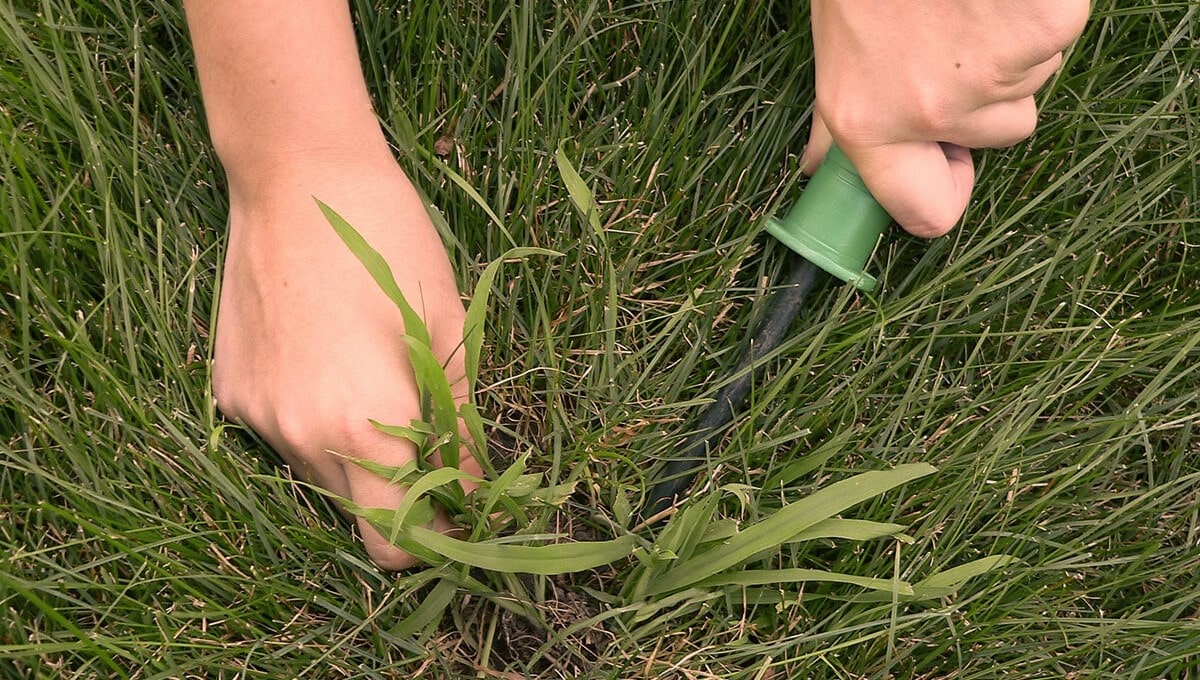
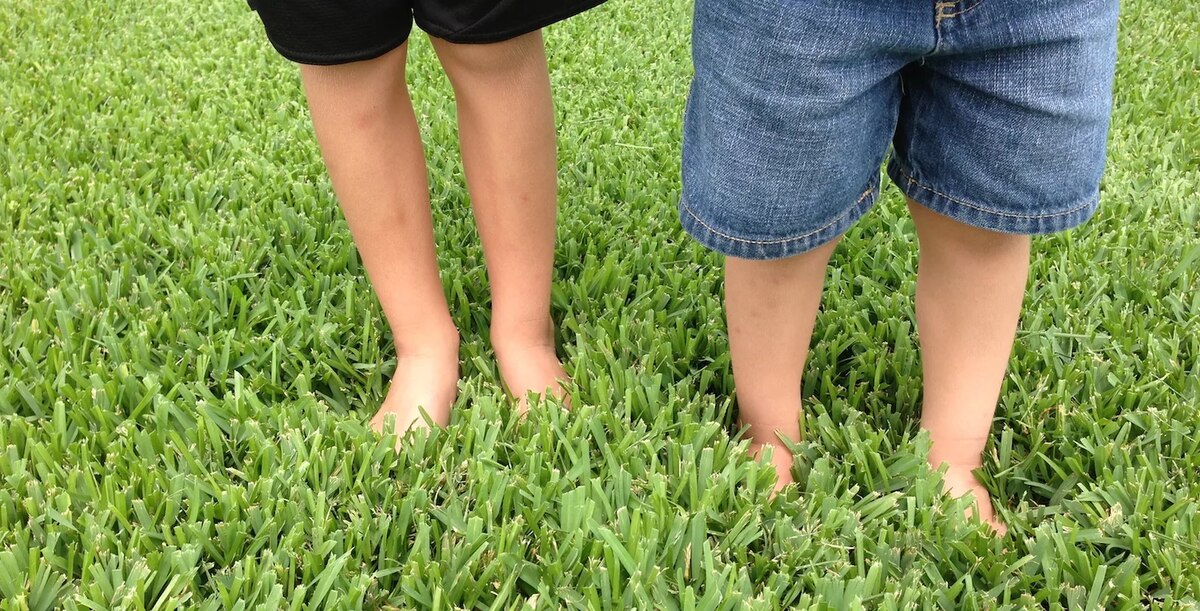
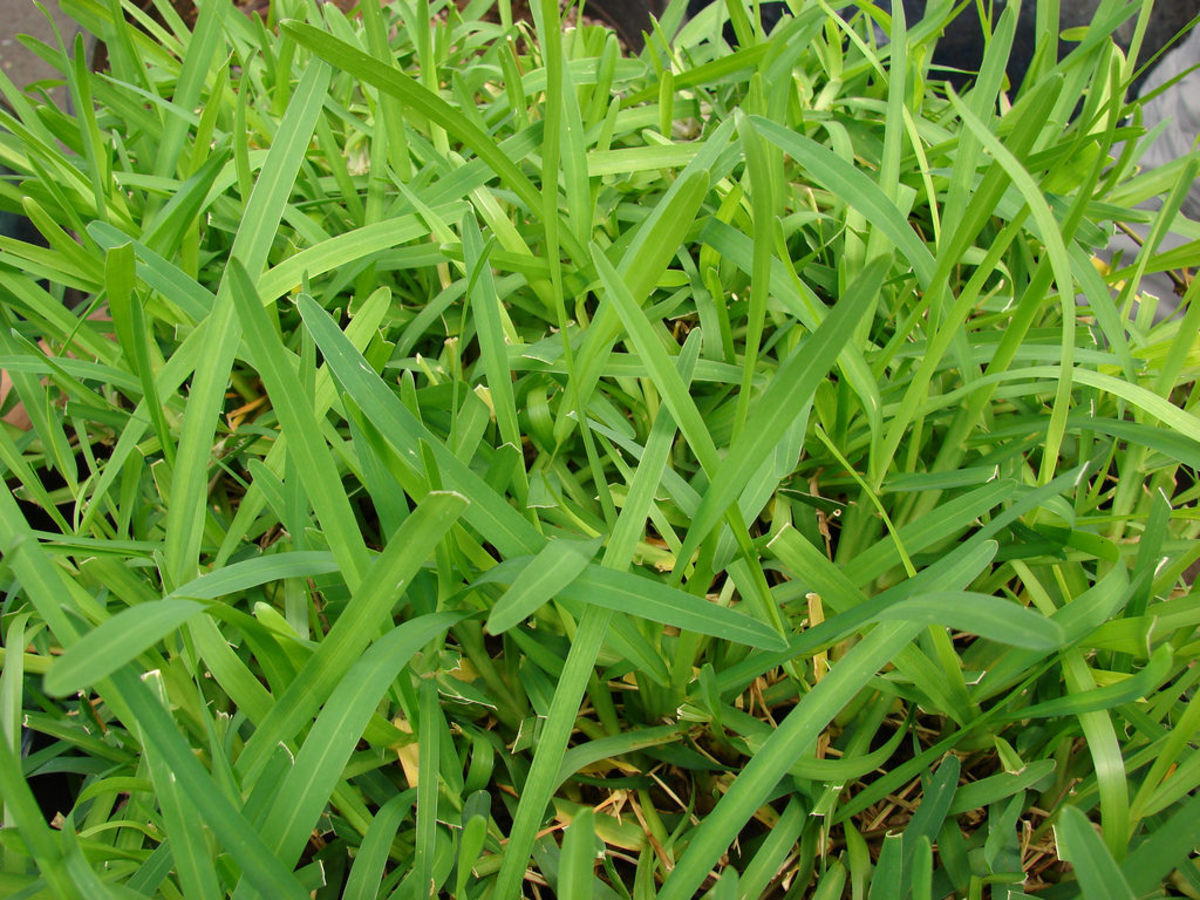
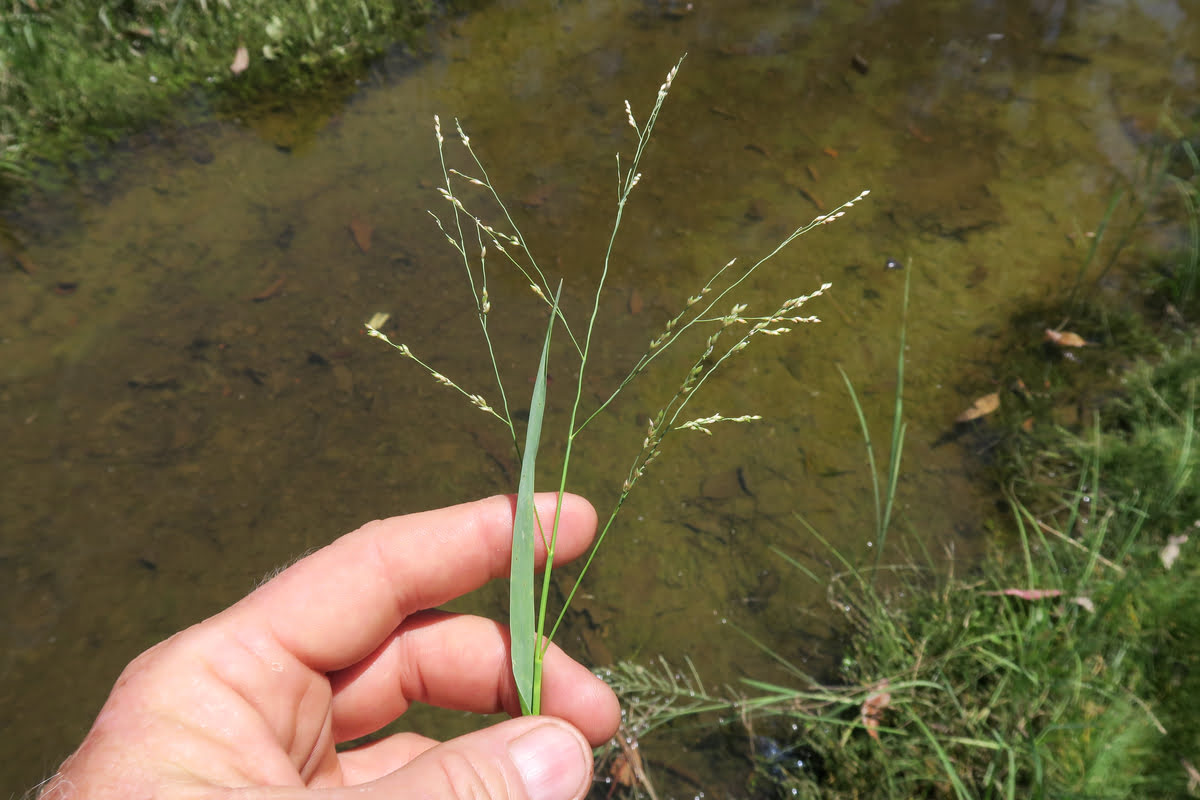
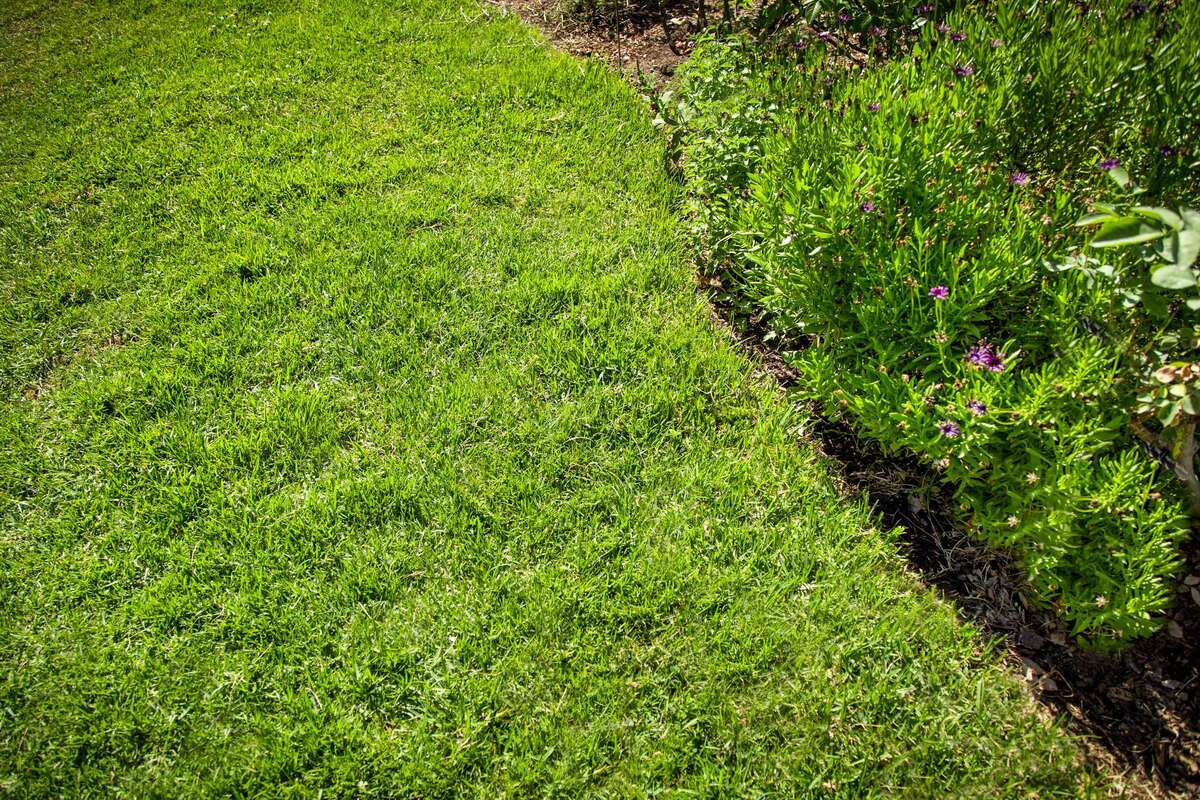
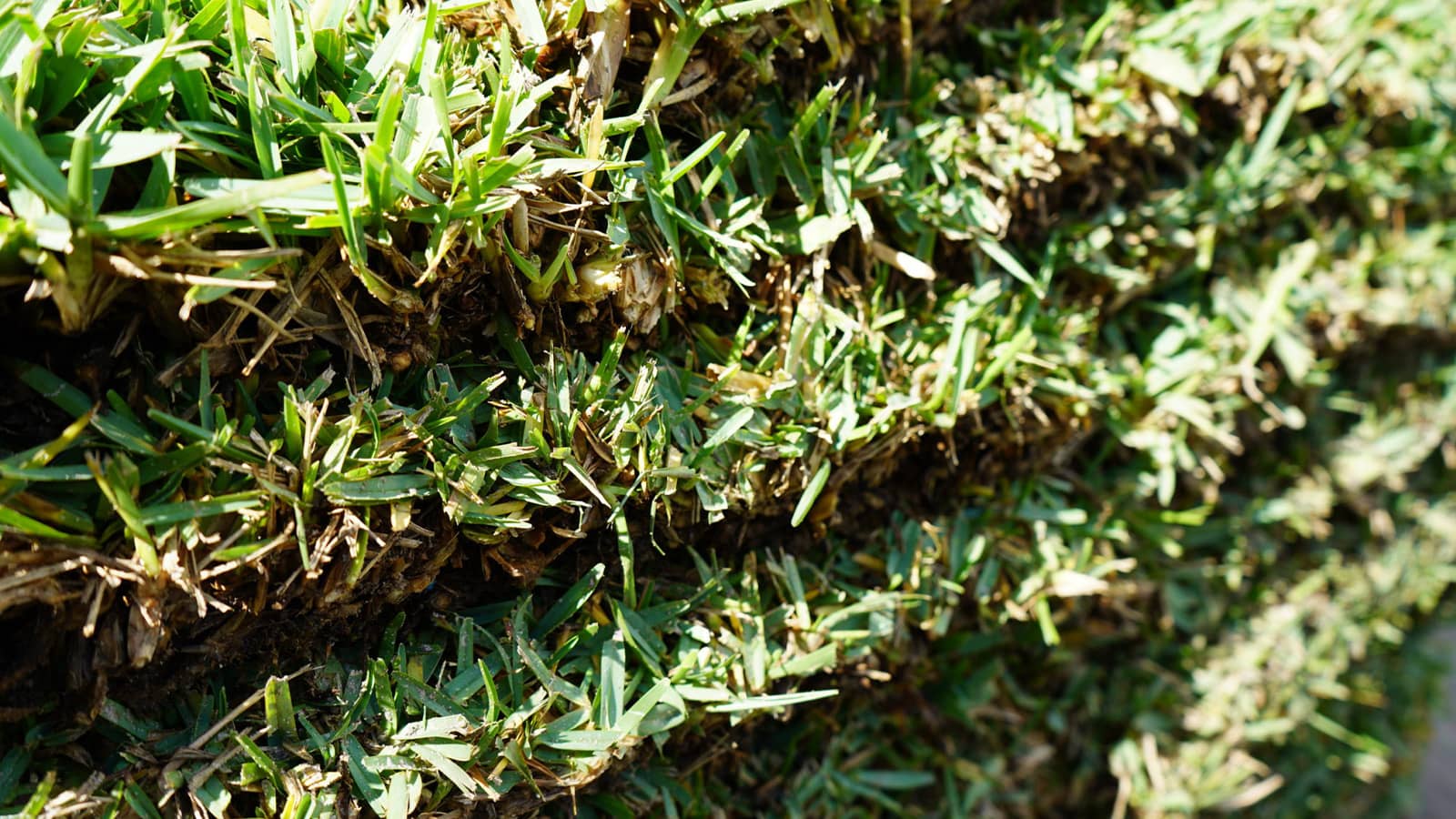
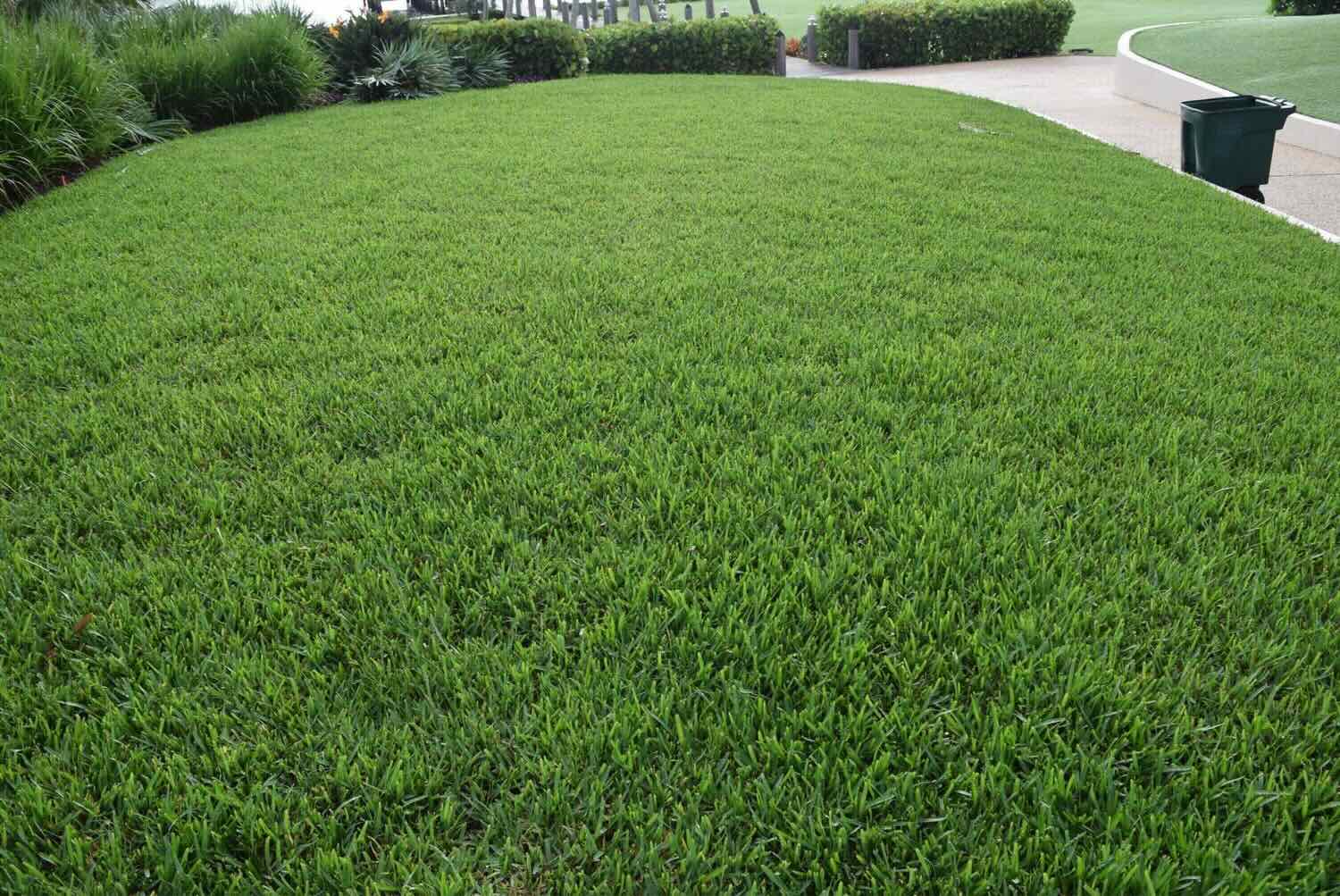
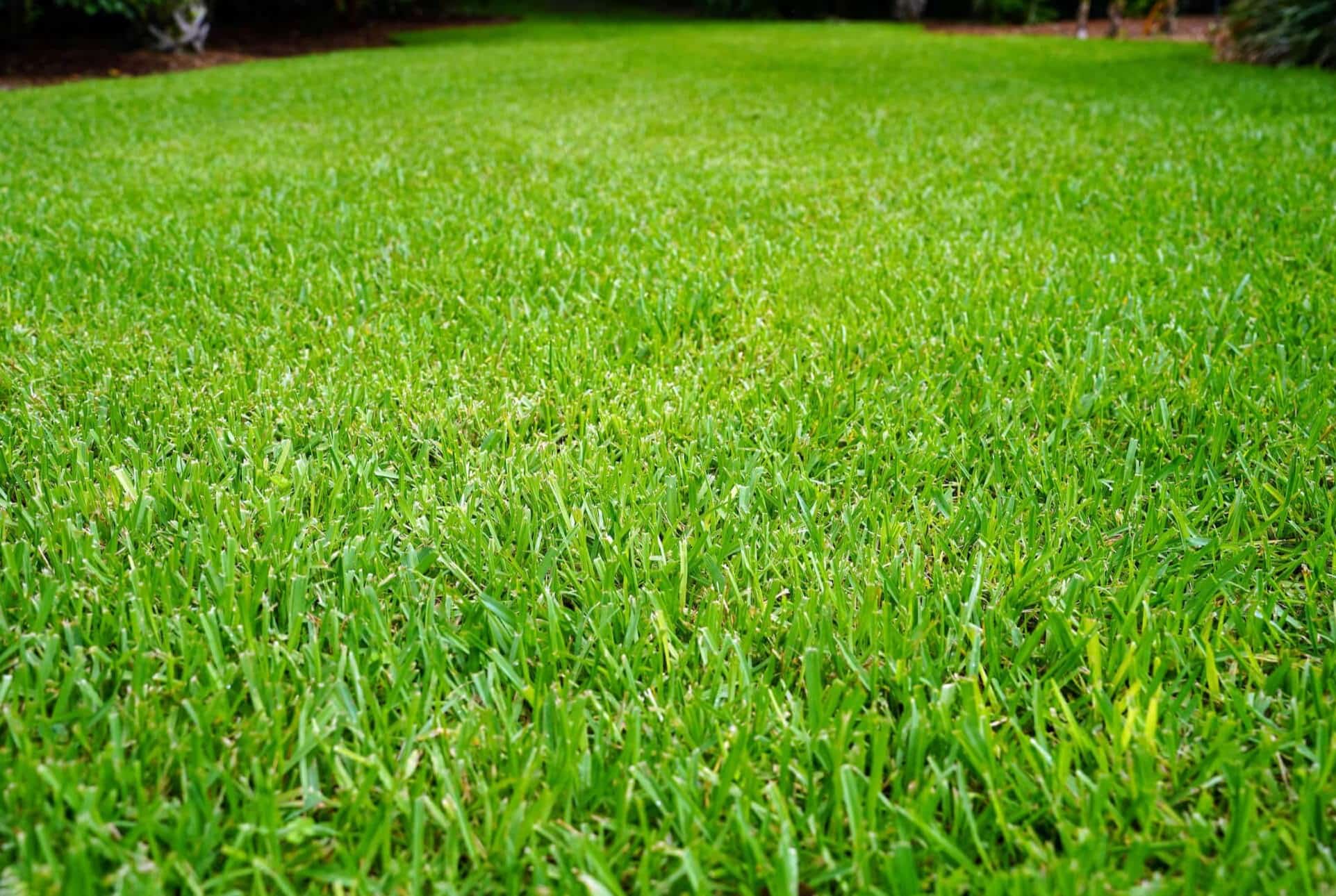
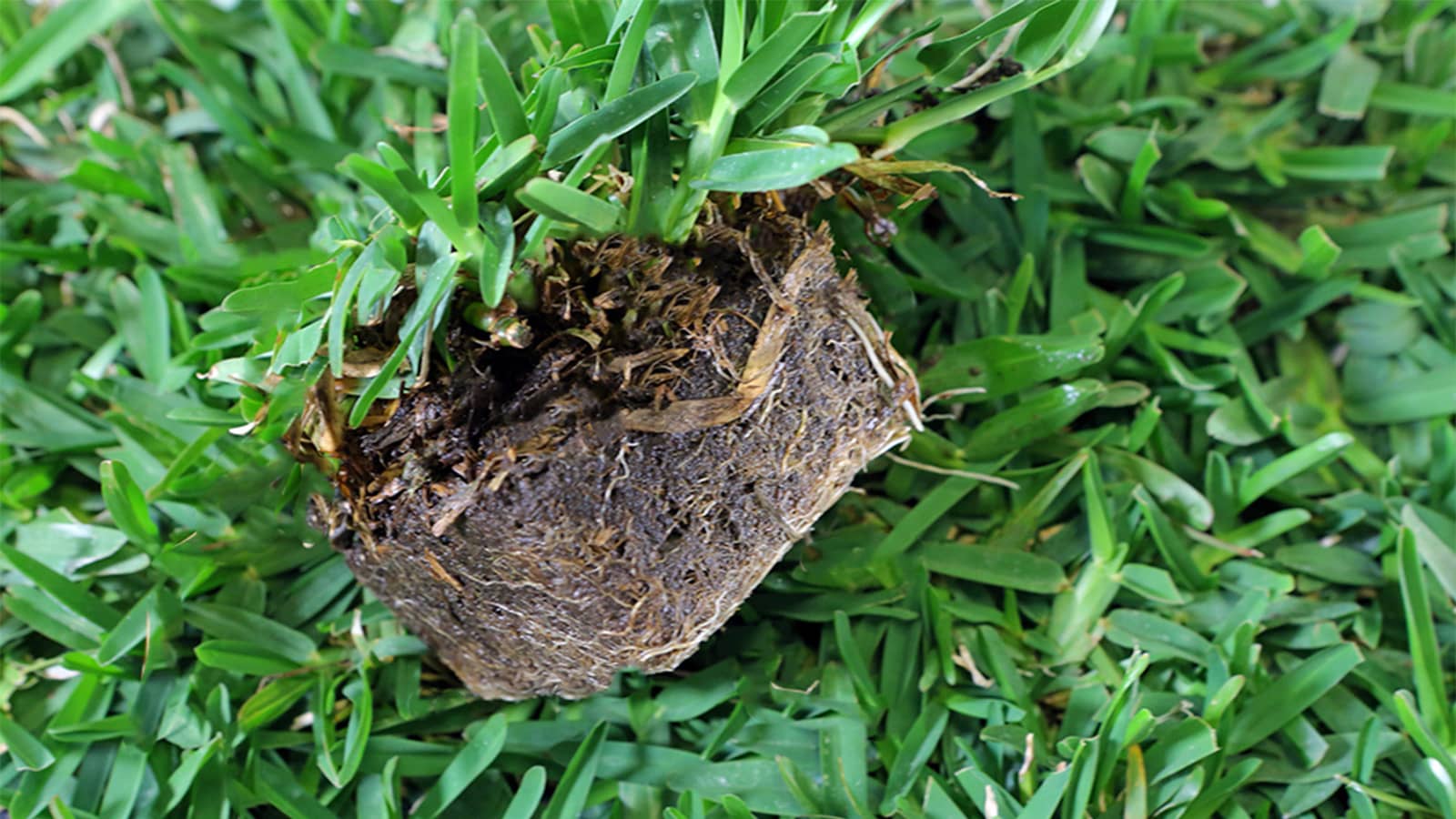
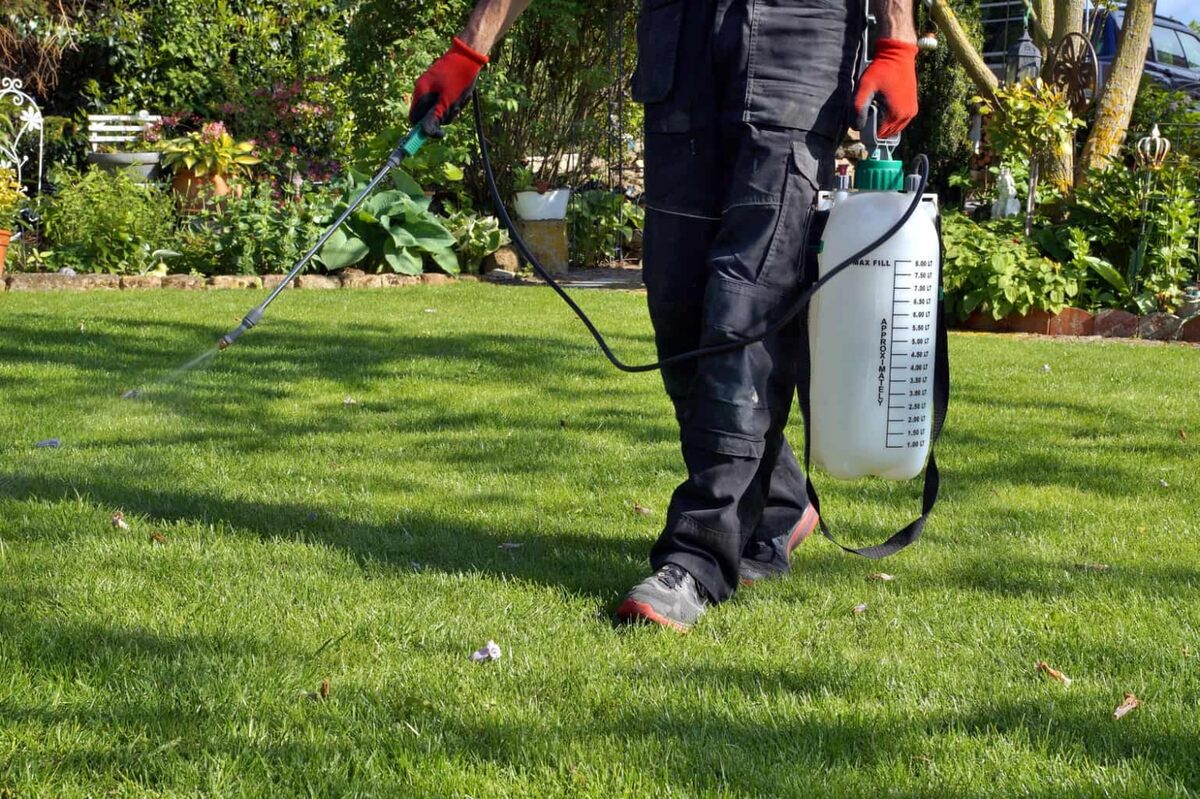
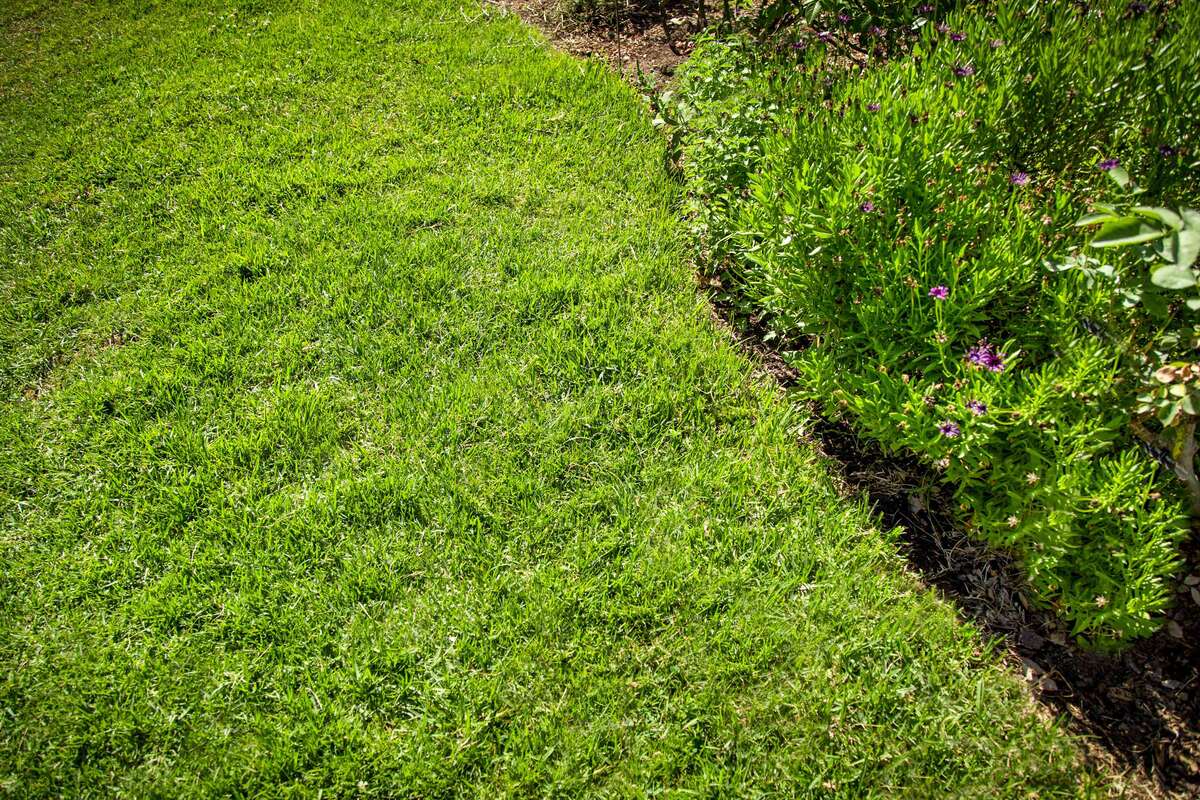
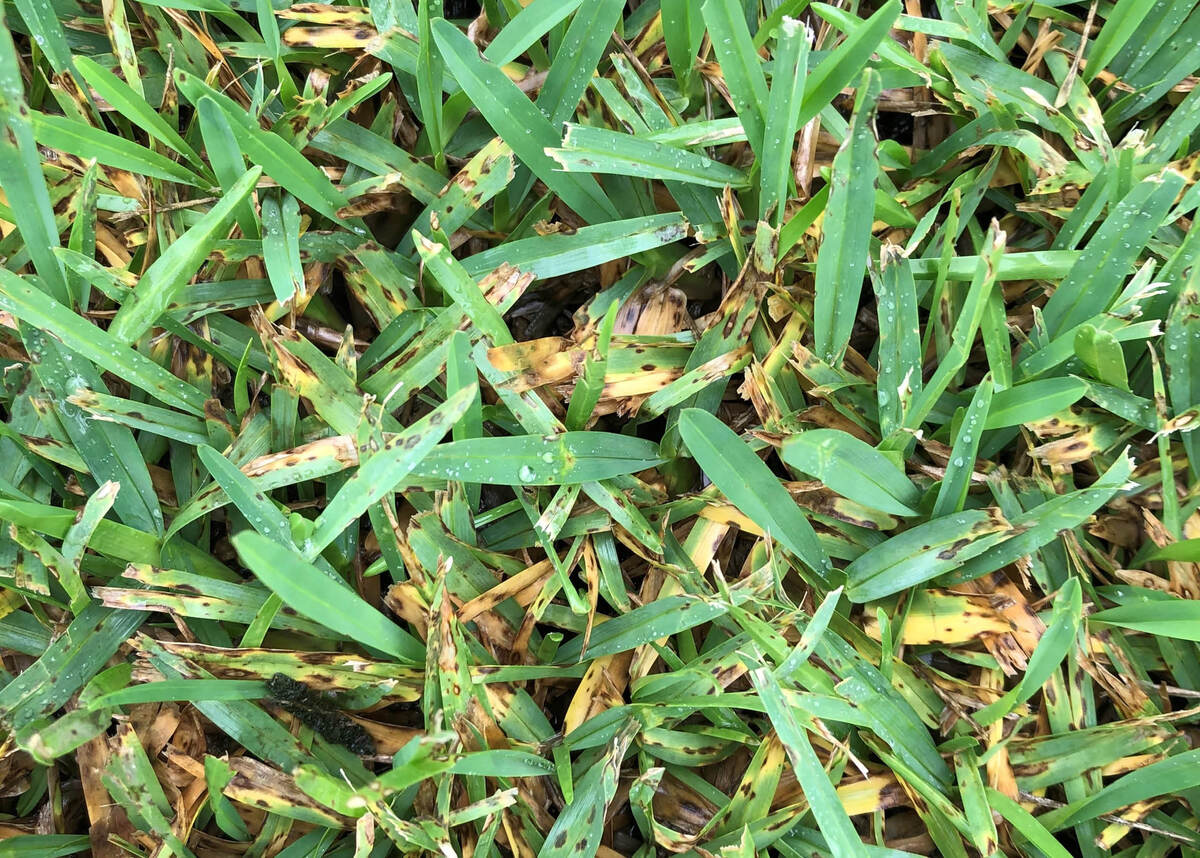
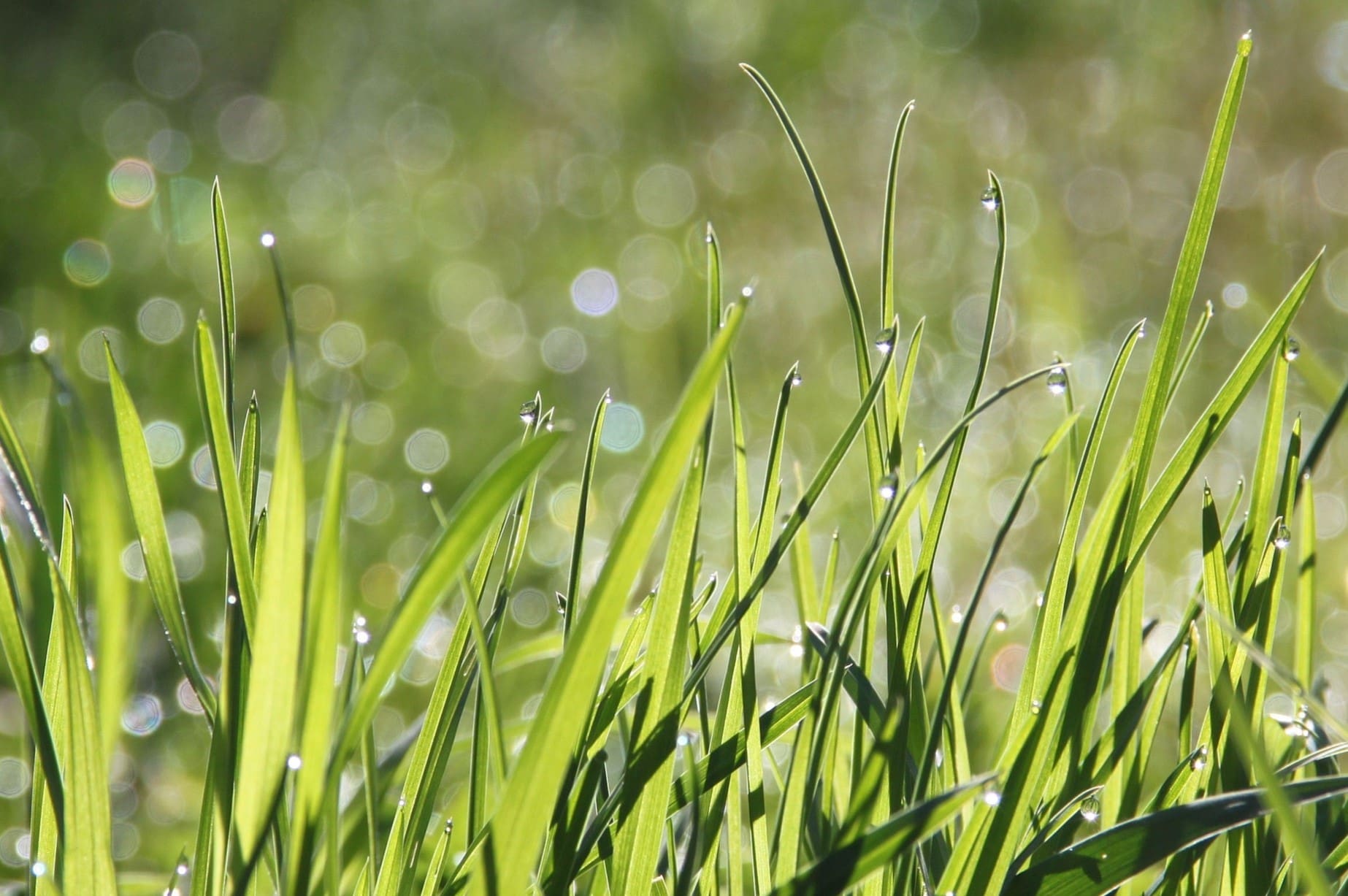
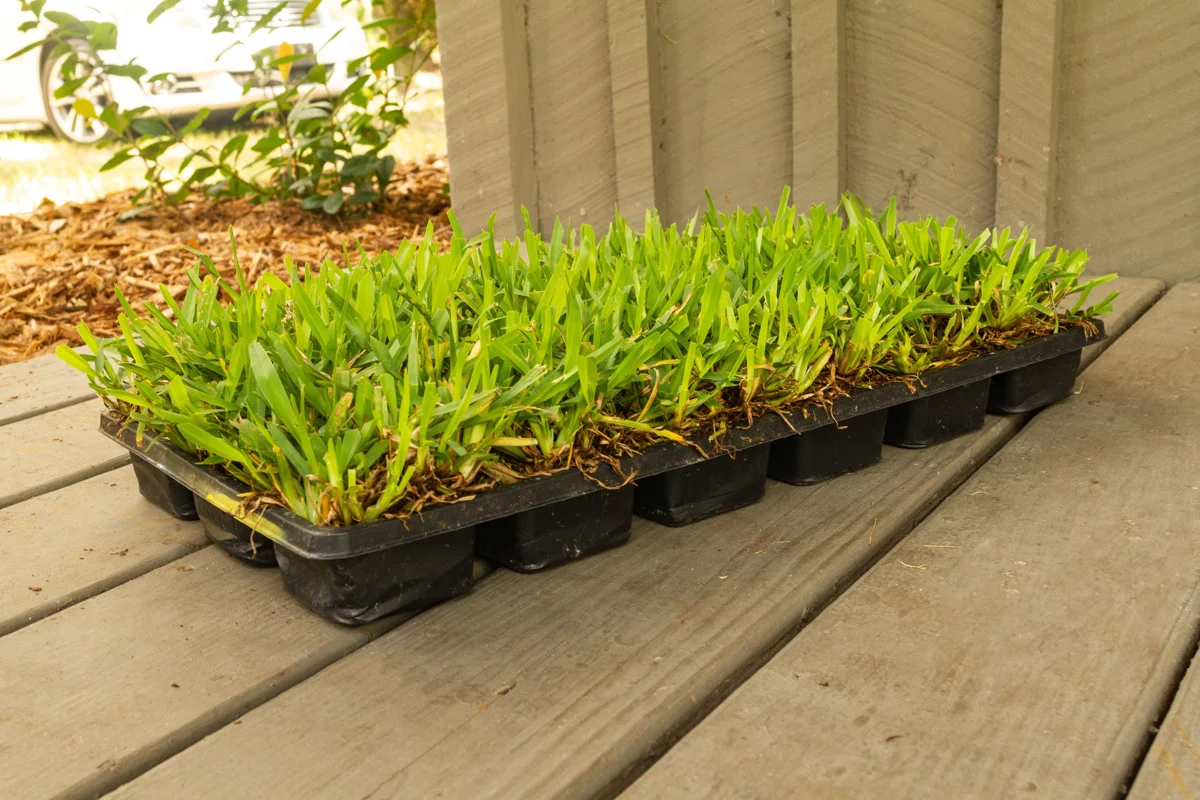

0 thoughts on “How To Kill Weeds In St. Augustine Grass”